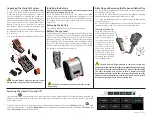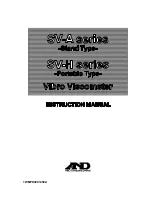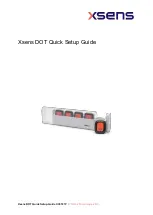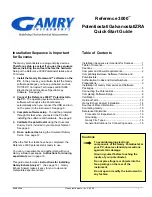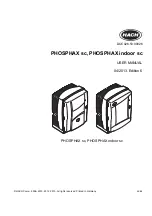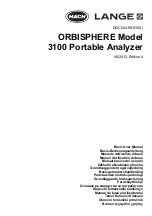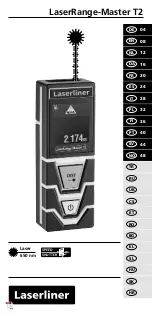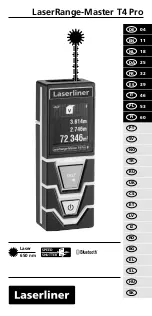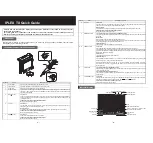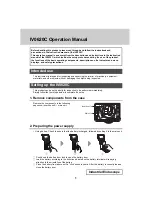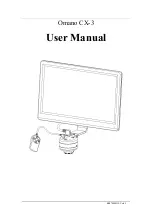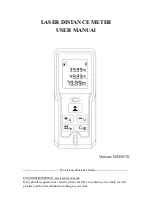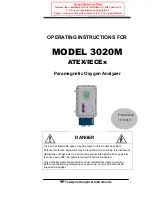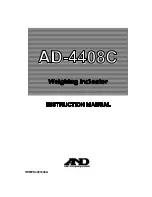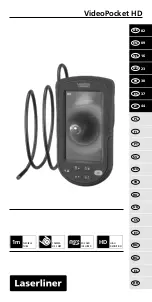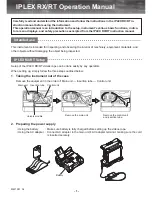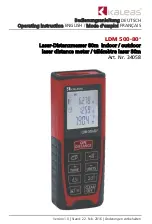
®
Basic Optics System
OS-8515B
I n s t r u c t i o n M a n u a l w i th
E x p e r i m e n t G u i d e a n d
T e a c h e r s ’ N o te s
0 1 2 - 0 9 6 1 4B
Optics Bench
90
90
80
70
60
50
60
70
80
20
30
40
10
0
10
40
30
20
70
60
50
80
90
80
50
60
70
20
30
40
10
0
10
40
30
20
50
CO
MP
ON
ENT
CO
MP
ON
EN
T
NOR
MAL
NOR
MAL
BAS
IC O
PTIC
S
RAY
TAB
LE
OS-8
465
C
T
L
NOR
MAL
Summary of Contents for OS-8515B
Page 6: ... Basic Optics System About the Experiments 6 ...
Page 26: ... Basic Optics System Experiment 9 Apparent Depth 26 ...
Page 38: ... Basic Optics System Experiment 13 Telescope 38 ...
Page 42: ... Basic Optics System Experiment 14 Microscope 42 ...
Page 44: ... Basic Optics System Experiment 15 Shadows 44 ...
Page 46: ... Basic Optics System Telescope and Microscope Test Pattern 46 ...

















